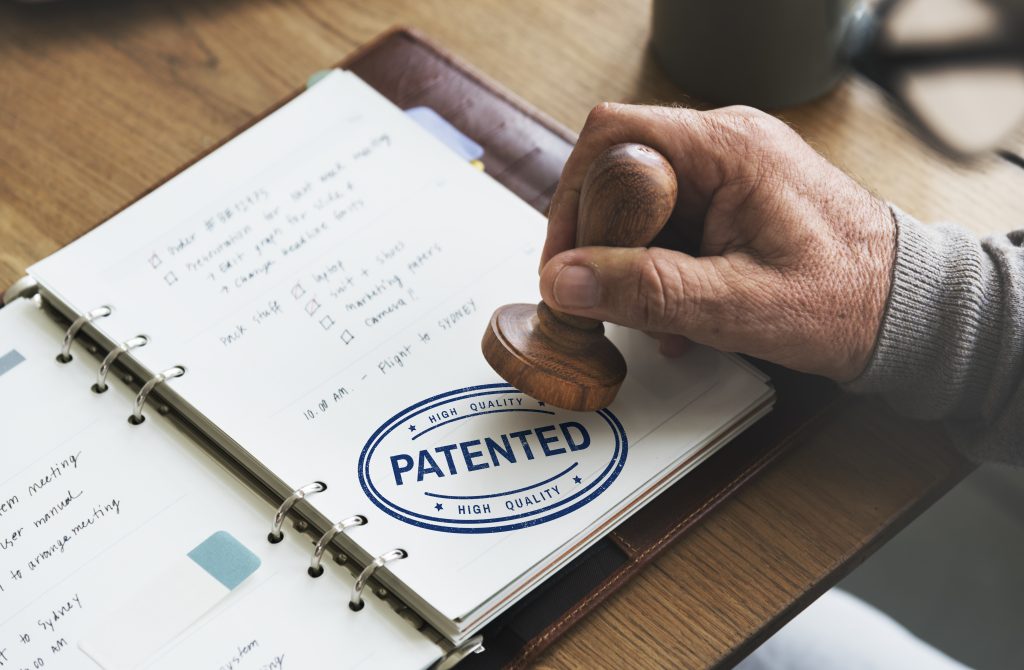In the dynamic landscape of Scientific Research and Experimental Development (SR&ED) in Canada, where groundbreaking discoveries and technological advancements are the lifeblood of progress, the role of patents cannot be overstated. Patents are not just legal documents; they are powerful tools that can shape the trajectory of innovation, providing a competitive edge and fostering a culture of research and development excellence.
The Power of Exclusive Rights
At the heart of the matter is the exclusive rights granted by a patent. When your SR&ED project results in a new and inventive product, process, or technology, a patent becomes your shield, granting you exclusive rights for up to 20 years. This exclusivity is more than a legal protection—it’s a strategic advantage. It ensures that the fruits of your labor remain yours, giving you the freedom to commercialize, market, and capitalize on your innovation.
Driving Commercialization and Market Leadership
Patents are not merely legal instruments; they are catalysts for commercialization. In the competitive world of SR&ED, having a patent is a stamp of authority. It sets your innovation apart, attracting investors, partners, and customers. The exclusivity afforded by a patent positions your company as a market leader, offering a unique value proposition that can make all the difference in a crowded marketplace.
Funding Opportunities and Investor Confidence
In the quest for continued research and development, funding is paramount. Patents significantly enhance your ability to secure funding. Investors are drawn to the tangible and protected nature of patented technologies. A robust patent portfolio speaks volumes about the innovative capacity of your organization, instilling confidence in those who hold the purse strings.
Strengthening SR&ED Tax Credit Claims
When it comes to SR&ED tax credits, a patent is a persuasive piece of evidence. It is a tangible manifestation of the technical advancement and inventive nature of your work. The presence of a patent can bolster your case for eligibility, potentially leading to increased financial support for your ongoing research and development endeavors.
A Shield Against Infringement
In the competitive landscape of SR&ED, the threat of unauthorized use or replication looms large. A patent acts as a legal fortress, providing a defensive strategy against potential infringement. It safeguards your intellectual property, allowing you to focus on pushing the boundaries of innovation without the constant worry of imitators.
Valuing Intellectual Property for Growth
Beyond legal protection, a patent contributes to the overall valuation of your company. Intellectual property, including patents, is a key driver of business value. This is particularly pertinent for organizations engaged in SR&ED, where a robust intellectual property portfolio can attract investors, partnerships, or even acquisition opportunities.
In conclusion, patents are not just paperwork; they are strategic assets in the world of SR&ED. They unlock doors to commercialization, attract funding, strengthen tax credit claims, and fortify your position in the competitive landscape. As you embark on your SR&ED journey, consider patenting not just as a legal requirement but as a pivotal step toward a future where your innovations are not just protected but thrive in the marketplace. #SR&ED #Innovation #Patents #BusinessGrowth
